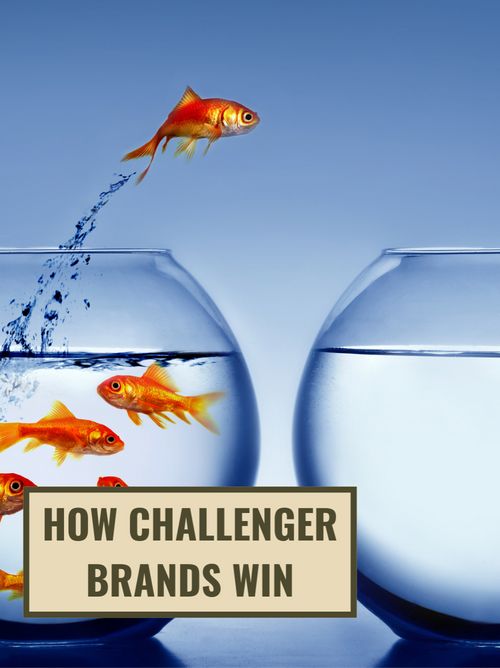What are challenger brands - and how they win
Dec 29, 2021 · 2 mins read
0
Share

Every industry has a set of beliefs - beliefs about what's right, what's doable, and what the people want. Challenger brands ask: what if the conventional beliefs are wrong?
Save
Share
Airbnb questions the assumption that hotels can't be homely. Xiaomi questions the assumption that great tech has to be expensive. Let's look at ten types of challenger brands!
Save
Share
Missionary: Brands that transform some core practice of an industry. Example: Tony's Chocolonely makes premium chocolates without child labor.
Real & Human: Brands that keep their tone warm and authentic. Example: Mailchimp.
Save
Share
Next Generation: Brands that challenge the entire category. Example: Impossible Foods makes plant-based alternatives of animal food products.
Save
Share
People's Champion: Brands that stand up for the under-served public. Example: T-Mobile US.
Save
Share
Enlightened Zagger: Brands that swim against the tide. Example: The slow-journalism movement, going against the 24/7 news culture.
Save
Share
Democratiser: Brands that boost accessibility of something luxurious. Example: Warby Parker made designer eye ware available to everyone.
Save
Share
Irreverent Maverick: Brands that use provocation and controversy. Example: Dollar Shave Club.
Feisty Underdog: Brands that own up the challenger image. Example: Bumble encourages comparisons with the bigger fish in the pond, Tinder.
Save
Share
Dramatic Disruptor. Brands that bring a major change to the industry. Example: Tesla's all-electric cars changed the automobile industry.
Local Hero: Brands that use their native origins to challenge international brands. Labels like "home-grown" play to this sentiment.
Save
Share
Bottom line. Most domains have established behemoths, but that doesn't mean upstarts don't have a chance. But to be successful, a challenger brand must use smart strategy, pick a brand image, and stick to it.
Save
Share
0